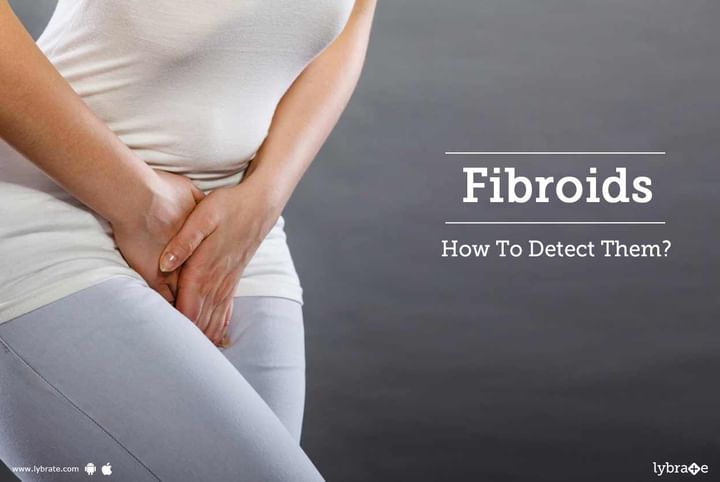Fibroids - How To Detect Them?
Fibroids are a very common tumour which is seen in the female reproductive system. These are also known by the names of leiomyomas, or fibromas and are firm, compact tumours which are made out of muscle cells or fibrous connective tissues. It mostly affects the uterus and the area surrounding it. According to a study, it has been found that 25-50% of the women experience Fibroids during their reproductive age but not all of them need treatment.
Fibroids also appear during child bearing years as well but all of them are not large enough to be identified via diagnosis. In most of the cases, these Fibroids are non-cancerous but there are some exceptions as well. The size of this tumour may range differently according to the person.
Who is at risk for fibroid tumors?
Fibroids can occur in the reproductive system of any women but those of whom are approaching their menopause stages are at greater risk. This is because of their exposure to high levels of estrogen. It has been found that women who are obese or belong to the African-American category are also at a much greater risk than the other women. The reason for such an anomaly is still not known clearly.
Symptoms of Fibroids
There are several symptoms of Fibroids which need to be identified to prevent any kind of serious complications. The same are listed as below :
If the woman experiences heavy or prolonged menstrual periods.
There can be abnormal or irregular bleeding between menstrual periods.
Pain in the pelvic region because of the tumor presses on pelvic organs.
Frequent urination can also be experienced.
Women might experience low back pain.
Pain during intercourse is also common if the woman is suffering from Fibroids.
So these are the most common symptoms of Fibroids which can be experienced by most of the women.
Diagnosis of Fibroids
It is important that if you experience the symptoms we mentioned, you must immediately visit the doctor for a checkup. Here are the most common techniques which will help the doctor to check whether you have a Fibroid or not :
X-ray - It is the Electromagnetic energy used to get the images of bones and internal organs that will help to identify the tumour.
Ultrasonography - it is an ultrasound test done with the help of a small instrument, called a transducer, that is placed in the vagina.
Magnetic Resonance Imaging - Non-invasive procedure which produces a two- dimensional view of an internal organ or structure.
Hysterosalpingography - The X-ray examination of the uterus and fallopian tubes.
So these are the different techniques which will help the doctors to identify the tumour.
If you have read the article till this point then you are now aware of the different information about Fibroids which will help you treat it the right way.



+1.svg)
